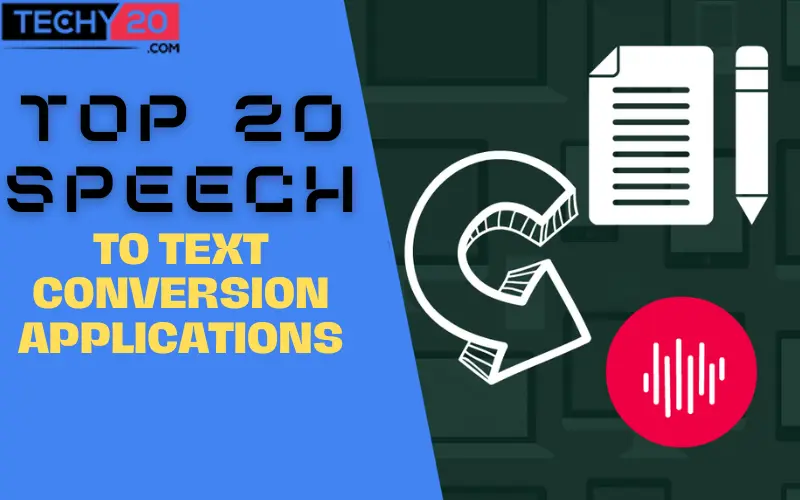A method called speech-to-text conversion enables the transcription of spoken words into written text. Because of the increase in audio and video content on the internet as well as the demand for accurate and speedy transcription in a variety of disciplines, including business, law, and academia, this technology has become more and more significant in recent years. Those with disabilities, such as the deaf or hard of hearing, can also benefit from speech-to-text conversion because it makes spoken content accessible in written form. Activities like taking notes or writing emails, can speed up work and increase productivity. These are some of the most popular Speech to Text Conversion applications:
1. Google Cloud Speech-To-Text
With a high degree of accuracy, Google Cloud Speech-to-Text converts spoken words into text using cutting-edge machine learning technology. It can detect and transcribe long-form audio content, including lectures and interviews, and it supports a broad variety of languages and audio file formats. Additionally, it has functions like automated punctuation and real-time speech recognition.
2. Ibm Watson Speech To Text
Using deep learning techniques, IBM Watson Voice to Text is a cloud-based service that accurately converts spoken words into text. It can handle a wide range of audio formats, including real-time streaming audio, and recognise and transcribe words in many different languages and dialects. Advanced features like speaker diarization are also included.
3. Amazon Transcribe
With the use of machine learning, the cloud-based service Amazon Transcribe accurately converts spoken words into text. It can handle a wide range of audio formats, including real-time streaming audio, and recognise and translate multiple languages. Additionally, it has attributes like automatic time-stamping and speaker recognition.
4. Microsoft Azure Speech Services
Microsoft Azure Speech Services is a cloud-based service that accurately recognises and transcribes speech using cutting-edge artificial intelligence (AI) algorithms. It has features including real-time speech recognition, speaker identification, and natural language processing (NLP) capabilities and can handle a variety of languages and dialects.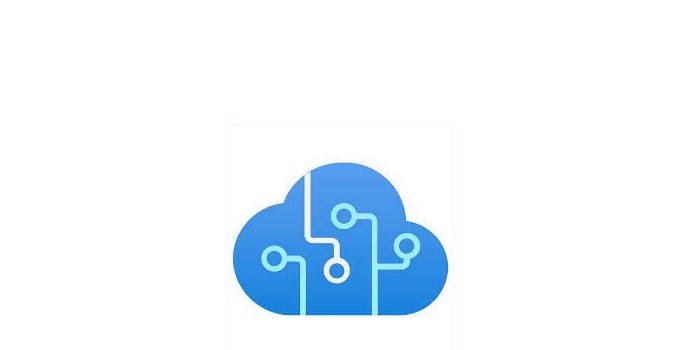
5. Apple Speech Recognition
Apple devices come with a built-in capability called Apple Voice Recognition that converts spoken words into text using machine learning. It may be used for a range of functions, including dictation, voice commands, and speech-to-text communications. It is meant to recognise and transcribe speech in many languages and dialects.
6. Dragon Naturallyspeaking
A desktop programme called Dragon NaturallySpeaking converts speech into text with a high degree of accuracy using deep learning algorithms. It has features including customised vocabularies, voice commands, and natural language processing capabilities and is intended for usage in professional environments, such as the legal or healthcare sectors.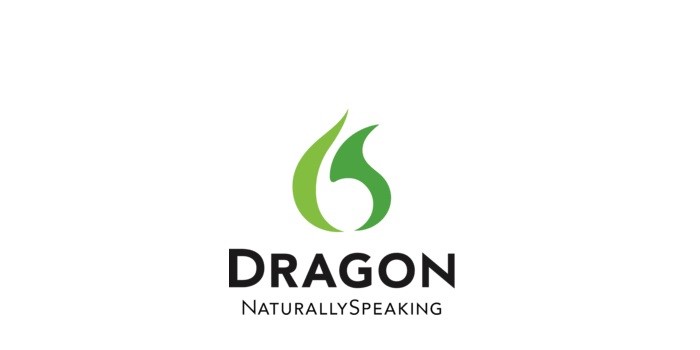
7. Sonix
Sonix provides automatic transcription and editing capabilities, allowing users to swiftly transcribe and modify audio and video content. It transcribes audio and video files as well as live recordings and contains features like speaker recognition, real-time collaboration, automatic transcription in many languages, editing tools, and interaction with different platforms like Dropbox and Google Drive.
8. Speechmatics
A cloud-based service called Speechmatics provides batch and real-time transcription in numerous languages. With features like speaker diarization, punctuation, and Natural Language Processing (NLP) capabilities, it can accurately and quickly transcribe the spoken word.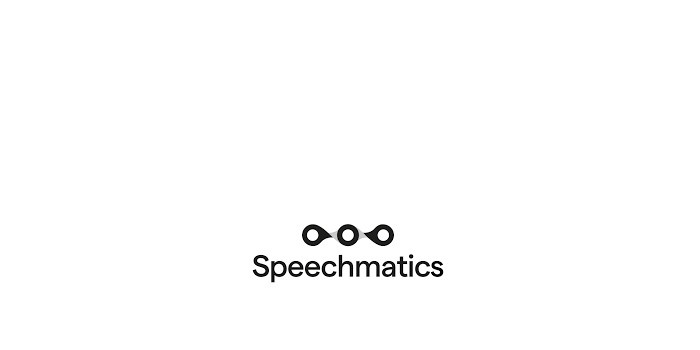
9. Trint
Trint is a cloud-based transcription and editing tool that employs AI and machine learning technologies to swiftly and accurately transcribe audio and video content. Users can easily alter their transcripts using features like real-time collaboration, automatic speaker identification, and editing tools.
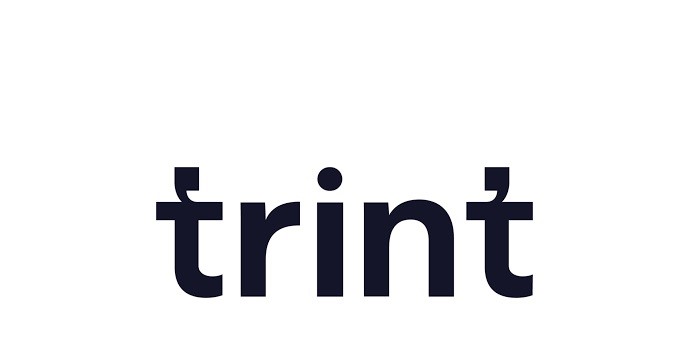
10. Otter.Ai
Otter.ai is a cloud-based transcription service that accurately records speech using artificial intelligence (AI) technology. It has capabilities for natural language processing (NLP), speaker recognition, and real-time transcribing. Additionally, it has sophisticated capabilities including the capacity to distinguish between speakers and the capacity to perform keyword searches on transcripts.
11. Temi
A cloud-based service called Temi employs Artificial Intelligence (AI) and machine learning to accurately translate speech. It has capabilities like real-time transcription, speech recognition, and automatic punctuation, and it supports many different languages. It has capabilities including editing tools, timestamps, and speaker identification and can transcribe audio and video files as well as live recordings.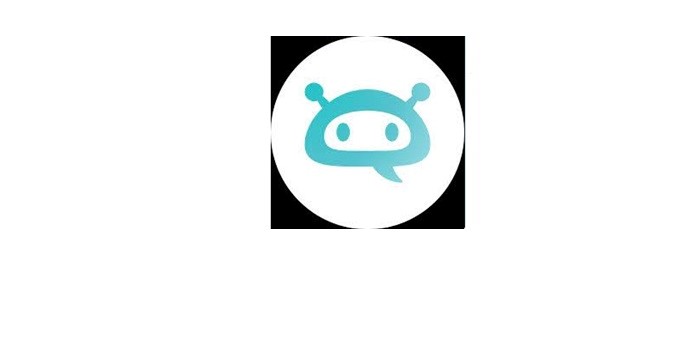
12. Kaldi
With the help of the open-source speech recognition toolkit Kaldi, users can design unique speech recognition models. It is used by researchers and developers to build voice recognition apps and includes features including acoustic modelling, language modelling, and decoding algorithms.

13. Cmu Sphinx
About 10 languages are supported by the open-source speech recognition toolkit CMU Sphinx, which also incorporates machine learning methods for transcription. It contains a variety of voice recognition algorithms, including Deep Neural Network (DNN) and Hidden Markov Model (HMM) models. It supports a variety of languages and enables the creation of unique speech recognition models.
14. Evernote
The note-taking software Evernote has a speech-to-text function. Instead of inputting their notes, users can dictate them, and the programme will convert the spoken words into text. The app’s desktop and mobile versions both include the speech-to-text function.
15. Mozilla Deepspeech
An open-source toolkit called Mozilla DeepSpeech uses a deep learning architecture to accurately transcribe speech. It has features like real-time transcription, speaker recognition, and Natural Language Processing (NLP) capabilities and supports many different languages.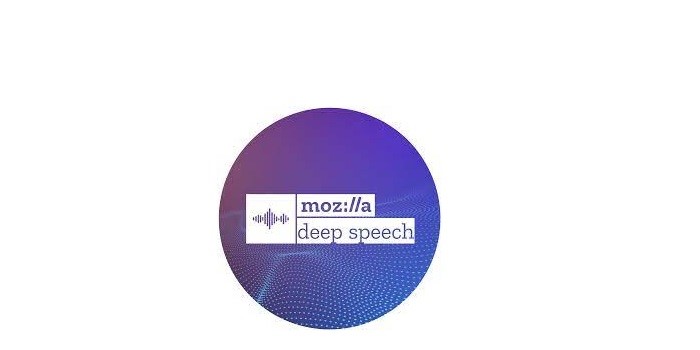
16. Google Web Speech Api
Google Web Speech API is a Google cloud-based voice recognition service. With a straightforward API, it enables developers to incorporate speech recognition functionality into their applications and websites. The programme offers features like real-time transcription and punctuation, and it supports many different languages.
17. Speechnotes
Users can instantly convert speech to text using the free browser-based speech recognition programme Speechnotes. Users can edit their transcripts, rectify errors, and save and export them using features like automated capitalization, punctuation, and editing tools.
18. Dictation.Io
Users can instantly convert speech to text using the free browser-based speech recognition programme Dictation.io. It supports multiple languages and has features like automated formatting and punctuation. Also, users can store their transcripts in several forms, such as TXT, PDF, and DOC.

19. Speechtexter
SpeechTexter is a free, browser-based speech recognition programme that transcribes speech into text in real-time. It has capabilities including automated punctuation, editing tools, and multilingual support. Users can also save their transcripts and distribute them to others via social media or email.
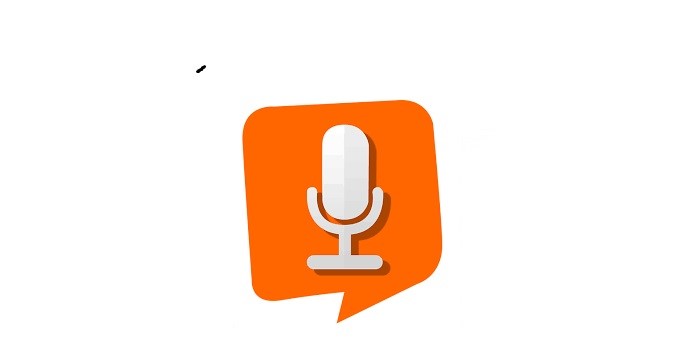
20. Braina
A virtual assistant programme called Braina has speech recognition features. It may be used for a variety of functions, including opening programmes, sending emails, and conducting web searches. It can also be used to convert speech to text. It has capabilities like voice commands and natural language processing.

